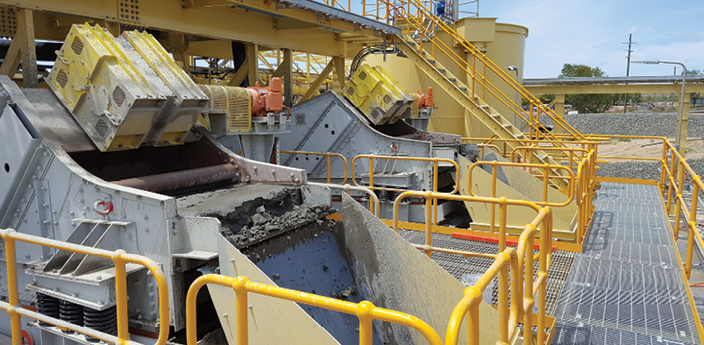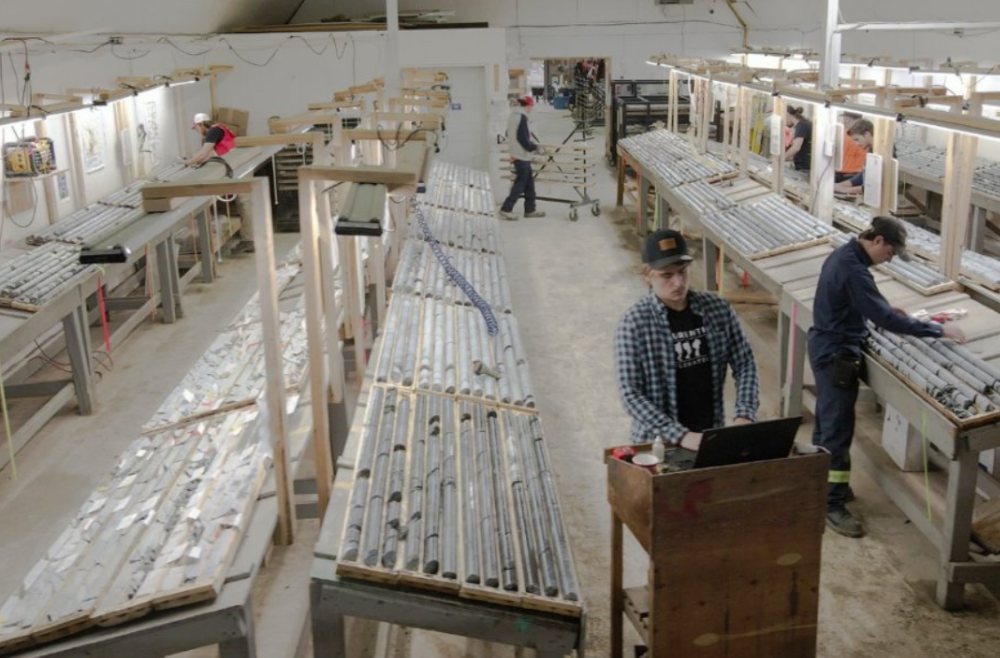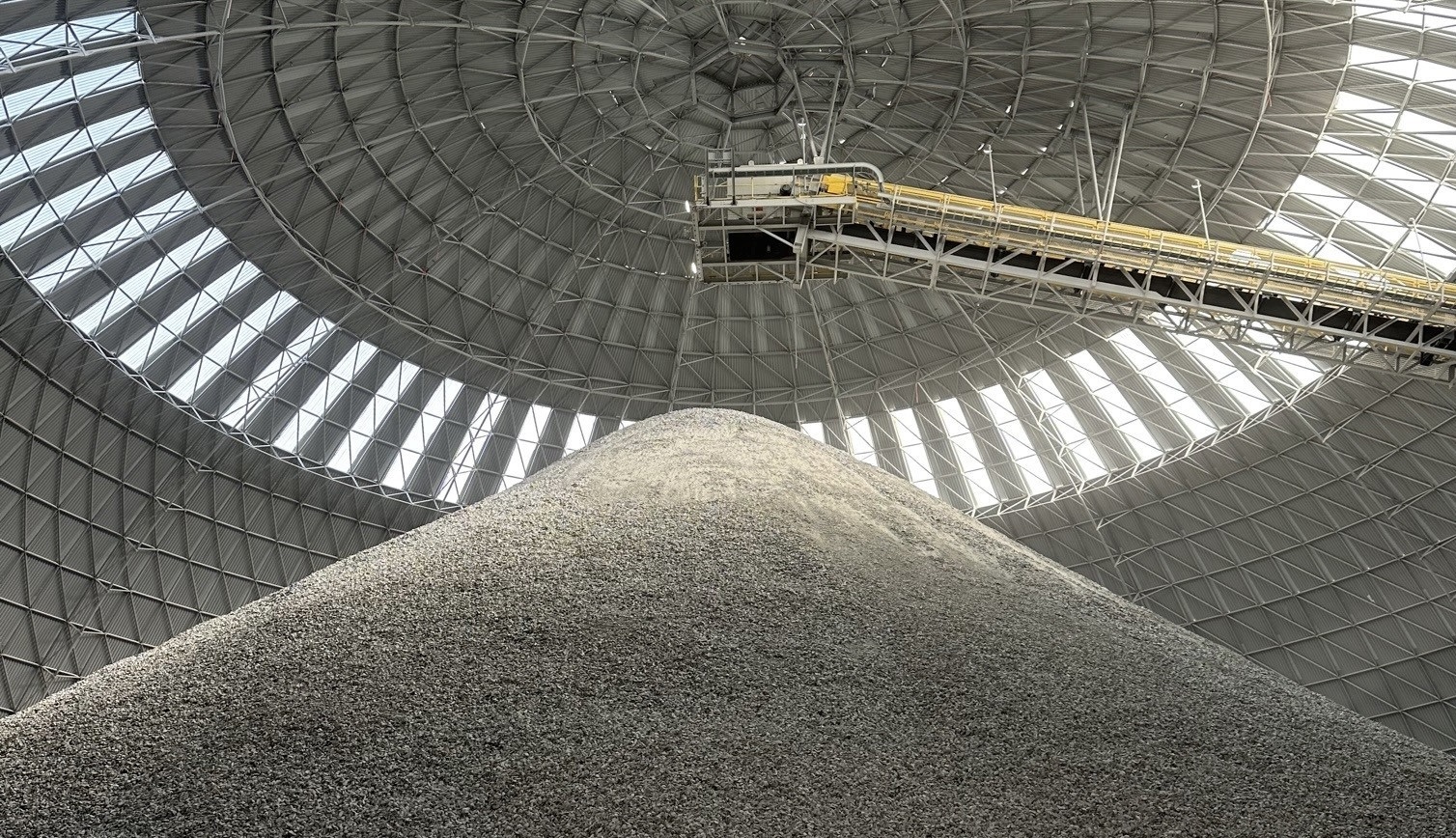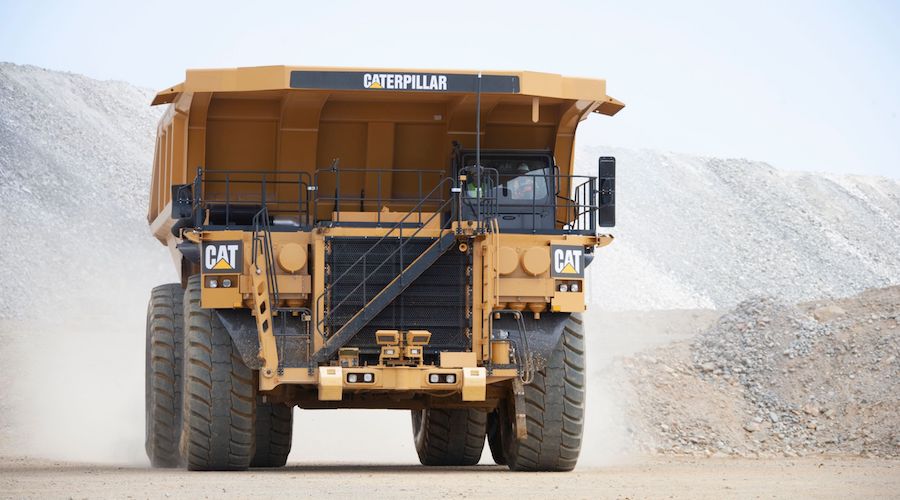Vibrating screen maintenance for gold recovery

Just like changing a car’s oil is necessary for smooth operation, preventative maintenance can help operators avoid unplanned breakages and downtime. As a key part of almost any gold processing operation, vibrating screens deserve special attention. Watching and listening for problems and staying up to date with routine maintenance are just a few ways to keep things running smoothly.
Here are some tips for proper vibrating screen maintenance.
Identify problems
Before starting a preventative maintenance program, it is important to identify what – if anything – needs fixing. Start by listening to the vibrating screen for unusual noises. Grinding noises, for example, are unusual and are a concern. Also, look for obvious signs of wear, such as broken or excessively worn screen media, cracks, or other signs of damage.
A service visit from the original equipment manufacturer (OEM) can go a long way toward identifying problems and figuring out how to fix them. For example, some manufacturers implement a comprehensive service program to identify problems and give customers the solutions they need. One step of that process is often using a vibration analysis tool. Accelerometers collect vibration data, which service technicians then use to give recommendations for improving performance and preventing machine failure. The data can also point to problems difficult to catch with the naked eye that could lead to more costly repairs down the line, such as hairline cracks in the side plate or bearing complications.
Stay proactive to save money
It is almost never a bad idea to focus more on proactive maintenance. Neglecting simple tasks such as greasing can cause premature and costly bearing failures, which can lead to damage to other crucial parts of the vibrating screen. Here are a few things to look for.
> Daily: Take a daily look at cleanliness, proper greasing, loose parts, and any changes in oscillating behaviour. Keep the vibrating screen clean of sticky or caked-on material to prevent interference with equipment operation.
> Weekly: Operators should inspect structural components and screen media installation weekly.
> Monthly: Look at the motor mount, belt tension, and other wear components monthly.
> Annually: Annual examination of the rubber mounts or springs is crucial.
Develop a preventative maintenance schedule to get in the habit and to maximize uptime.
Parts management
Where a company buys its vibrating screen components is another important consideration. It is no secret that parts from the OEM often cost more than something fabricated at a local machine shop, but there is measurable value in sticking with OEM versions.
While fabricators have come a long way in regard to quality, there is simply no way they can guarantee the parts they manufacture meet exact OEM specifications. A component that is slightly off might not seem like a big deal, but some only need to be less than a millimeter different from the carefully engineered OEM specifications to cause problems.
The issue may not be immediately apparent but can lead to a chain reaction of problems that could result in far higher costs in repairs than the money saved buying an aftermarket part instead of OEM.
Plan, plan, plan
Gold mining operations should set preventative maintenance as a priority. A preventative maintenance schedule will pay off in reduced downtime and fewer repair costs. Work with the vibrating screen manufacturer to not only optimize inventory management but also to ensure the best screen media and equipment for an operation. The result will be higher productivity, more uptime and better peace of mind.
Wilm Schulz is a service manager at Haver & Boecker Niagara.





Comments